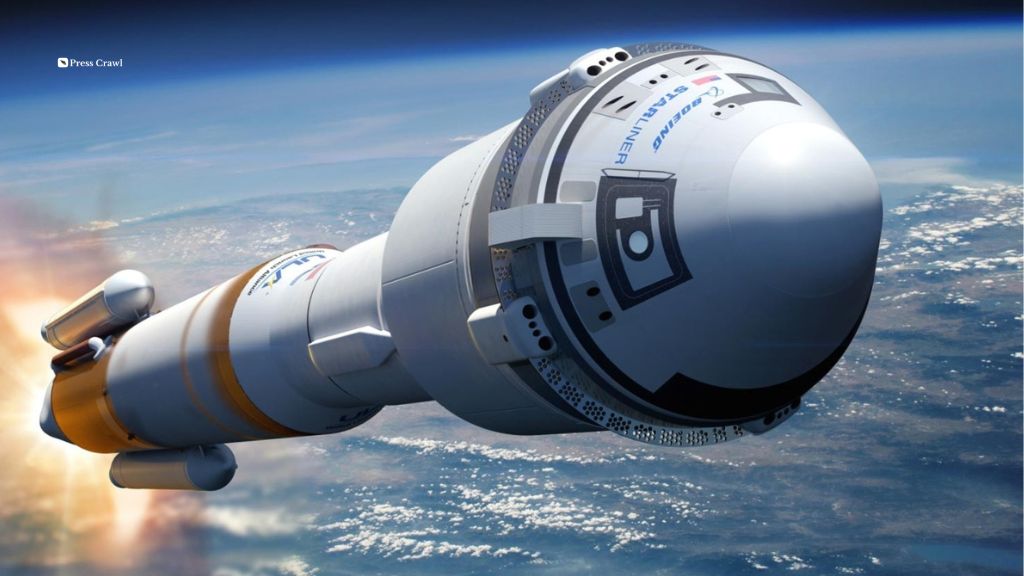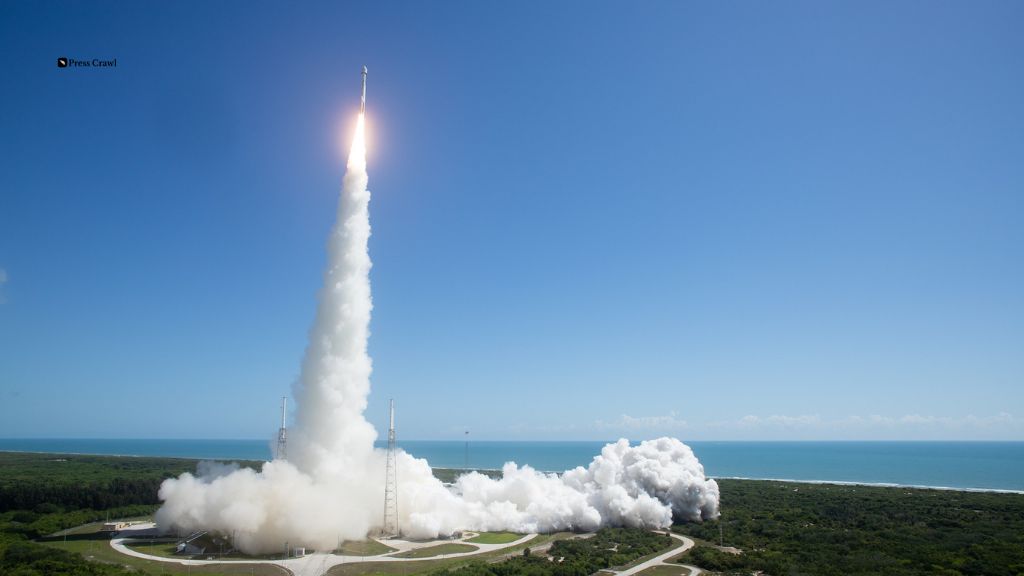
In an impressive collaboration display between industry giants and government space agencies, Boeing Starliner spacecraft has successfully embarked on its first crewed astronaut flight aboard the venerable Atlas 5 rocket from Cape Canaveral Space Force Station in Florida. On June 6, at precisely 10:52 a.m. ET, Butch Wilmore, and Suni Williams—a duo that not only represents two of NASA’s finest but also the vanguard astronauts for Boeing Starliner initiative—soared into the skies in an event that signified more than just a successful launch; it marked a monumental step toward commercializing space travel.
Starliner to the stars! ✨
— NASA (@NASA) June 5, 2024
At 10:52am ET, @BoeingSpace #Starliner lifted off on a @ULALaunch Atlas V for the first time with @NASA_Astronauts aboard. This Crew Flight Test aims to certify the spacecraft for routine space travel to and from the @Space_Station. pic.twitter.com/WDQKOrE5B6
Boeing and SpaceX have been leading this charge, with NASA’s Commercial Crew Program as their backbone, facilitating partnerships that are reshaping the future of human exploration beyond our planetary boundaries. While SpaceX has completed 13 missions to date—including both NASA contracted flights and commercial endeavors—Boeing is on a path dedicated to fulfilling its six NASA mission commitments while also maintaining flexibility for private sector engagement through additional seat offerings on their spacecraft.
The significance of this launch goes beyond the immediate achievement; the Boeing Starliner program eyes an even broader horizon, with aspirations to support astronaut voyages towards Blue Origin’s envisioned Orbital Reef commercial space station. Such collaborative projects reflect a future wherein private enterprises and governmental agencies work hand-in-glove to unlock the full potential of outer space exploration for scientific, industrial, and societal advancements.

The journey towards ISS is set to conclude at 12:15 p.m. ET on June 7th, following which the Starliner will dock with the station, allowing Wilmore and Williams—alongside their six crewmates already aboard—to engage in a series of interactions that promise not only to enhance inter-personal bonds but also expand human understanding about living and working in space.
A press briefing by NASA officials is anticipated later the same day, offering insights into this groundbreaking mission and further information on Starliner’s role within the broader context of commercial spaceflight initiatives. This pivotal moment serves as a testament to human ingenuity and ambition—a narrative that Forbes is proud to share with an audience eager to witness the unfolding saga of our journey among the stars.
Boeing Starliner astronauts play rock, paper, scissors and arm wrestle pre-flight. pic.twitter.com/l7mk0ehwtJ
— Space and Technology (@spacetech94) June 6, 2024
The successful launch of Boeing Starliner, carrying Butch Wilmore and Suni Williams into orbit aboard Atlas V rocket 541, not only marks a milestone for NASA but also heralds an era where commercial space ventures are propelled to new heights. With the potential for additional seats on offer, Boeing’s commitment to expanding accessibility and opportunities in space travel is clear—ushering in a future of infinite possibilities and explorations that reach far beyond Earth’s atmosphere.
Read More | Google Investment in Malaysia: A $2 Billion Boost to Tech Ecosystem



